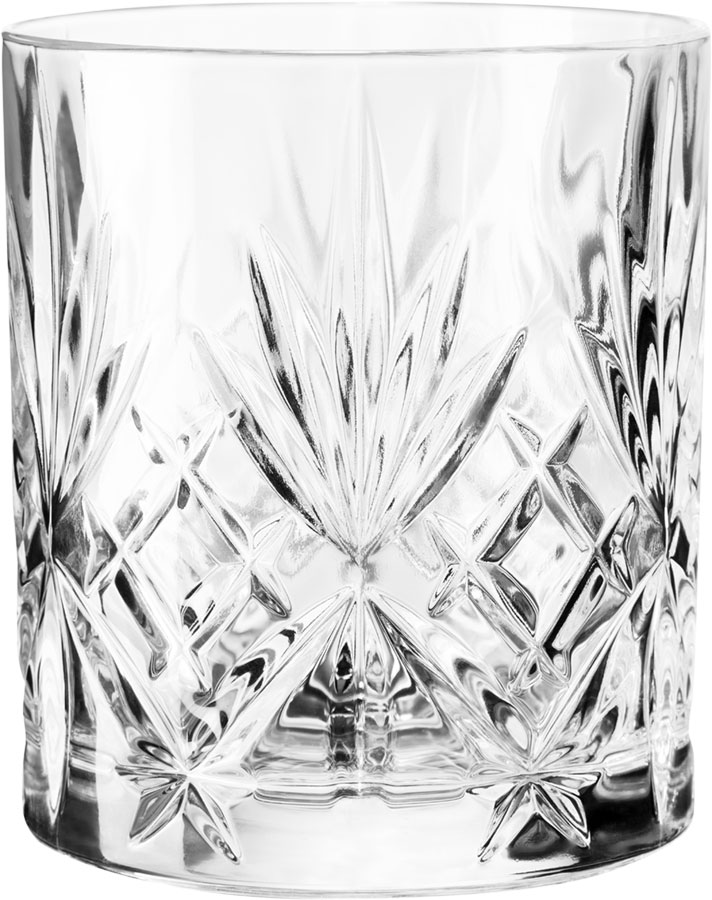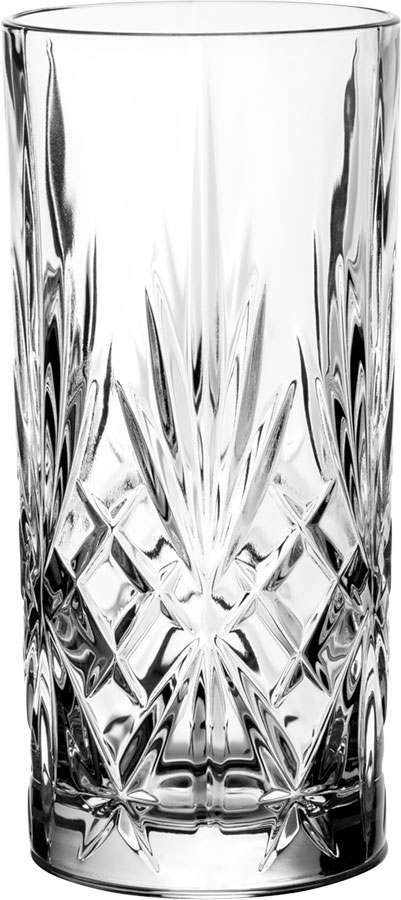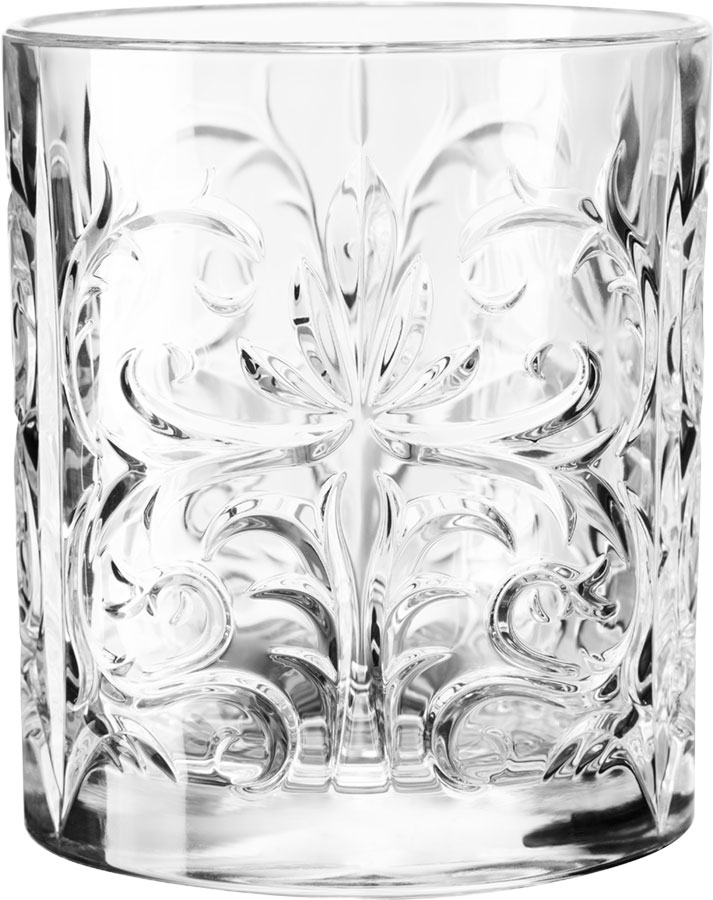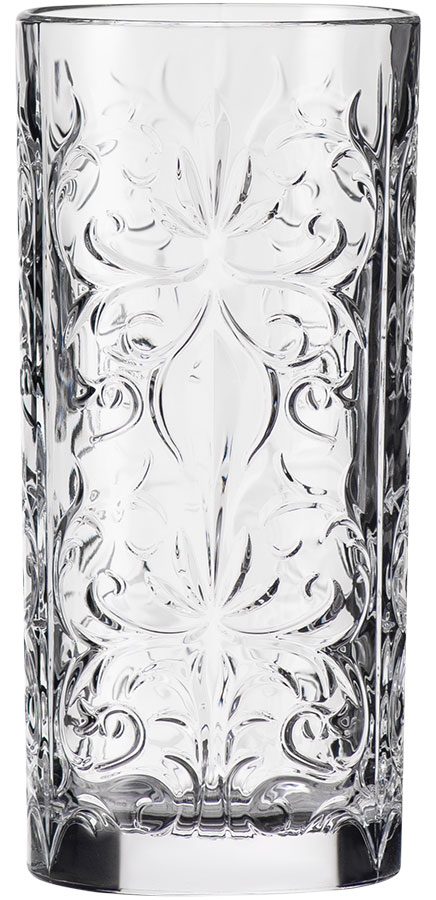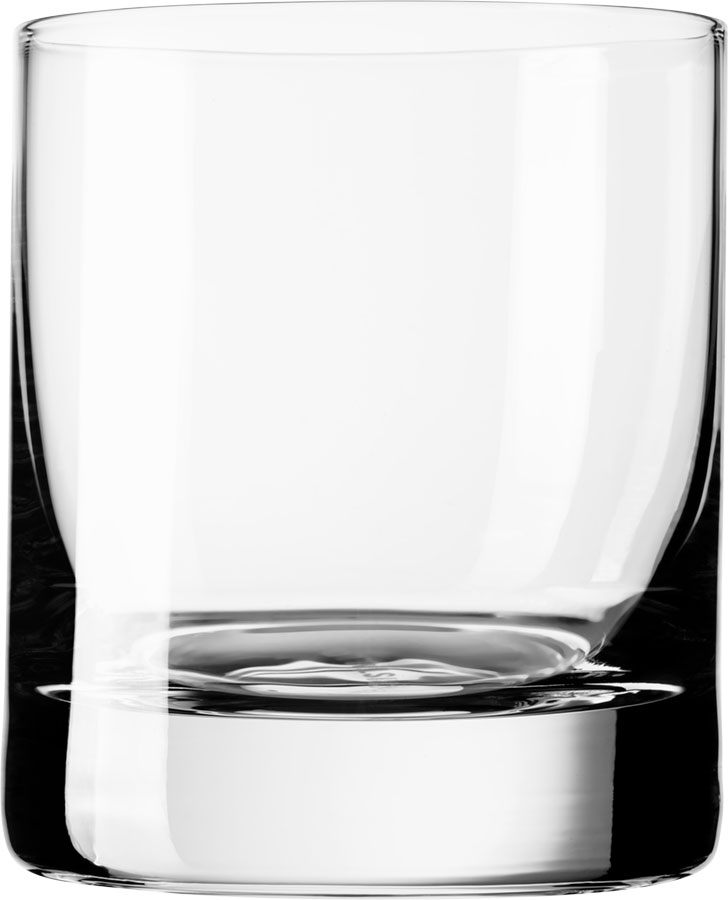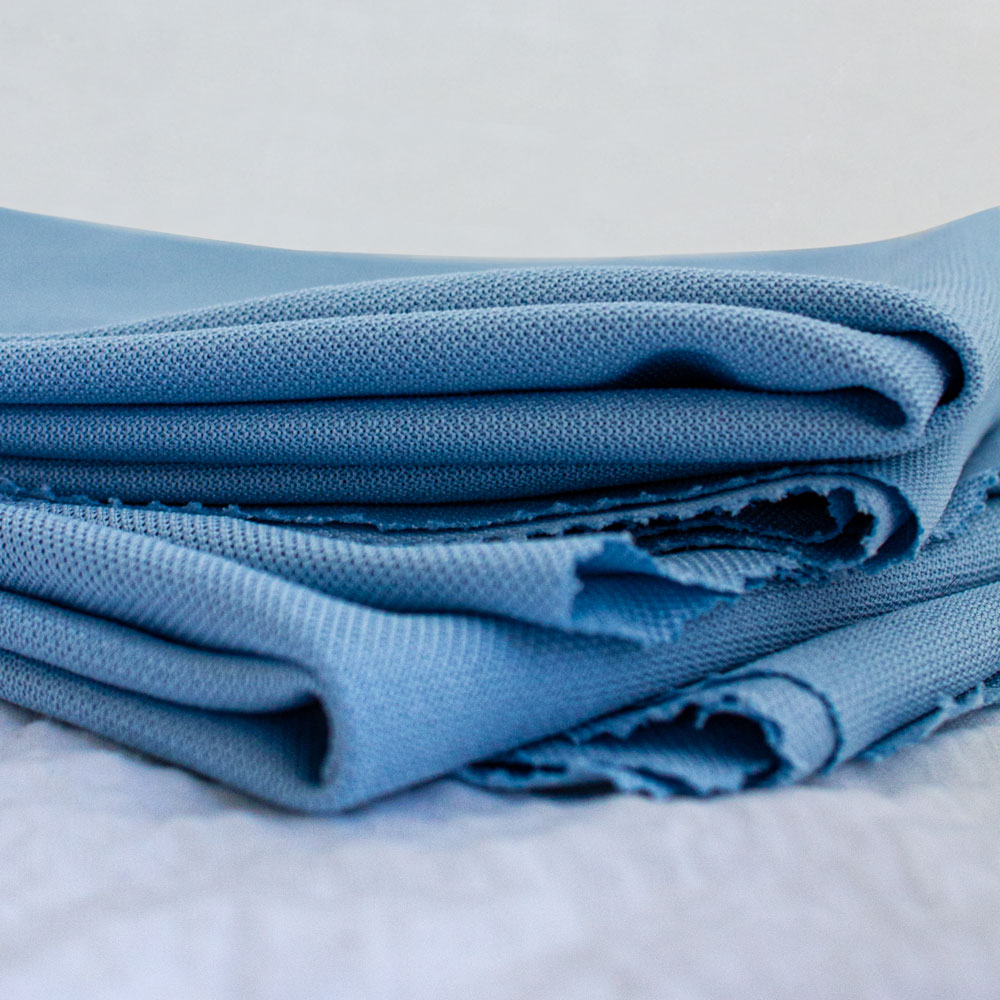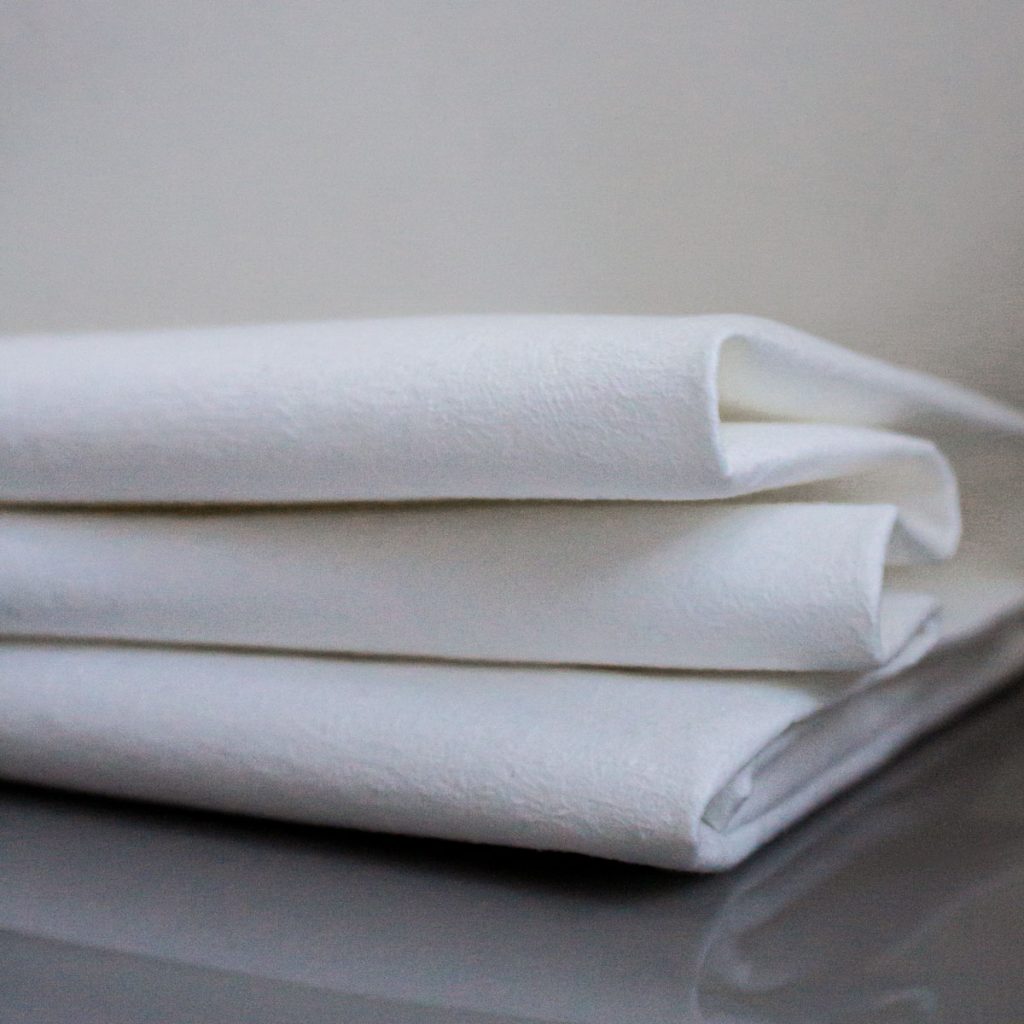Whisky
Whether whisky was originally from Scotland or Ireland remains an unsolved mystery. However, in both Gaelic languages the word 'whisky' roughly means something like 'water of life'. And a drink with a name like that, whether Scottish or Irish, deserves a high-quality glass to match.
It seems impossible to come up with one perfect whisky glass for all these varieties and their different characteristics; one that emphasises or moderates all the strengths and weaknesses of each respective variety. It would be great to find a shape with which to determine the ultimate enjoyment factor, regardless of the whisky content, from the glass curvature, from the angle of the opening and from the surface tension of the glass itself. Experts would certainly love to have a go at this kind of investigation, but even the most intensive research with blood, sweat and tears wouldn’t lead to success.
Every whisky variety deserves its own glass
What is possible, however, is to determine the perfect whisky glass for particular whisky varieties. Bourbon and blended whisky is best consumed from whisky tumblers, which let the whisky breathe well and noticeably diminish the bite of the alcohol. All this allows the countless aromas of various blended whiskies to develop beautifully. The size of the whisky tumbler also reduces sharpness by mixing something with it – Humphrey Bogart say hello.
Is the nosing glass the solution?
Scotch and malt, on the other hand, need a smaller, tulip-shaped whisky glass with a long stem so that the powerful aromas can congregate and only very slowly escape from the whisky glass. These special whisky glasses are called nosing glasses and are preferred for tastings. They should be wide in the middle, narrowing at the rim, which releases the aromas towards the nose. Some examples also have a cover in order to prevent the delicate highlights from escaping. The only disadvantage of the nosing glass is the occasional unintended emptying of the glass bell as you tilt your head when drinking. But as one never fills one’s glass excessively during a tasting, this ‘output’ is limited. Nosing glasses have the additional advantage that the whisky can flow into the mouth from a wider rim, thus revealing greater flavour impressions.
Equipped for all whisky varieties
One specific nosing glass – the Glencairn glass – is said to be the perfect glass for whisky. It is certainly the only whisky glass designed purely for optimum whisky enjoyment. In the 1970s Raymond Davidson decided to design an alternative to open tumblers and very delicate nosing glasses. The Glencairn glass was to combine the best of both glasses and is therefore a true all-rounder.
HANDLING TIPS

(1) Filling a glass correctly
There are innumerable varieties of whiskies, from blends to bourbons to Scotch or malt – the spectrum is huge. For that reason there are no universal volumes for whisky glasses. That said, it is possible to establish guidelines that affect how much you fill depending on how you drink the whisky. If you drink it neat, you shouldn’t fill more than 5 cl or less than 2 cl per glass. This applies in particular to malts and Scotch. Blends and bourbons, however, are frequently mixed with water – even by whisky connoisseurs – as strong undiluted whisky can “burn” the taste buds. In this case, fill the same amount of whisky in the glass and dilute with water according to preference. It is not advisable to add ice cubes, as whisky only starts to open up and reveal its full characteristics at just under room temperature.

(2) Proper maintenance for whisky glasses
It is possible to clean whisky glasses in the dishwasher, but this may affect the appearance and quality of the whisky glass over the long term. High-quality whisky glasses become milky and dull through frequent dish-washing. With delicate crystal whisky glasses, there is also the risk of breakage during the mechanical process. In order to avoid all this, you should always wash whisky glasses by hand. However, great care is required in doing so. The whisky glass must be carefully placed flat in the sink so that it doesn’t slip to the floor – this would scratch the glass surface. The water then slowly flows into the glass. For very dirty glasses, wash using a soft cloth and a little bit of washing-up liquid. To avoid water streaks, you should stand the whisky glass upside down on a fresh dishcloth to drain. After polishing with a microfibre cloth, you can then place the whisky glass back in the cupboard ready for next time.
(3) Tumbler or tulip?
There is no doubt that the traditional whisky tumbler is not suitable for all types of the liquor. That said, it can certainly be used in a versatile number of ways. Tulip-shaped glasses are more suitable for malts and Scotch; whisky tumblers for bourbons and blended whiskies. For the latter, it is better when there is plenty of oxygen. The whisky tumbler is also suitable for long drinks. For those who wish to enjoy whisky, or simply give it a try, we recommend our cognac glass.

